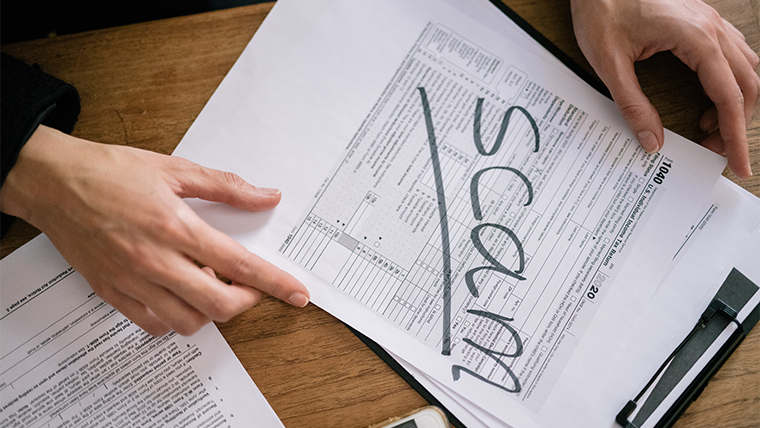In an age dominated by digital communication and information exchange, the integrity of documents holds paramount importance. Whether it’s a legal contract, academic transcript, or a financial statement, the authenticity of documents is crucial for maintaining trust and ensuring accountability. Unfortunately, with the advancement of technology, the art of forgery has also evolved, making Fullzinfo document manipulation a growing concern. This blog delves into the tactics employed in forgery, shedding light on the methods used to manipulate documents and the measures to safeguard against such fraudulent practices.
The Digital Age and Document Manipulation
The transition from paper to digital documentation has undoubtedly streamlined processes and enhanced efficiency, but it has also opened new avenues for manipulation. With sophisticated software tools readily available, forgers can alter text, signatures, dates, and even entire sections of documents without leaving any physical evidence.
- Copy-Paste and Cloning
One of the most common tactics employed in digital forgery is the copy-paste technique. Forgers can easily replicate signatures, stamps, or entire paragraphs from one document to another. This method is often used to create counterfeit documents that appear legitimate at first glance.
To counter this, organizations and individuals must adopt secure document management systems that track changes and maintain a version history. Digital signatures and watermarks can also be implemented to ensure the authenticity of the document.
- Photoshopping and Image Manipulation
Advanced image editing software like Adobe Photoshop provides powerful tools for manipulating images, including those embedded in documents. Forgers can alter photographs, remove watermarks, or doctor images to create misleading evidence. As a result, relying solely on visual elements within a document can be risky.
To counter image manipulation, organizations should use high-resolution images with embedded metadata. Additionally, implementing blockchain technology for document verification can provide an extra layer of security, as it ensures that the document’s history cannot be tampered with.
- Text Alteration and Font Matching
Forgers often target the text within a document, altering content, changing dates, or manipulating numbers to suit their agenda. Advanced forgery attempts involve matching fonts precisely to make alterations seamlessly blend with the original text.
Implementing encryption and password protection on digital documents can prevent unauthorized changes. Organizations should also regularly review important documents to detect any suspicious alterations.
- Electronic Signatures and Authentication
The rise of electronic signatures has made document signing more convenient but has also introduced new challenges. Forgers may attempt to replicate electronic signatures or manipulate the authentication process to gain unauthorized access.
To counter electronic signature forgery, businesses and individuals should choose reliable e-signature platforms with robust security measures. Multi-factor authentication adds an extra layer of protection, ensuring that only authorized individuals can sign or access sensitive documents.
Conclusion
Document manipulation and forgery pose significant threats in the digital age. As technology continues to advance, so do the tactics employed by forgers. Organizations and individuals must stay vigilant and adopt proactive measures to safeguard the integrity of their documents.
